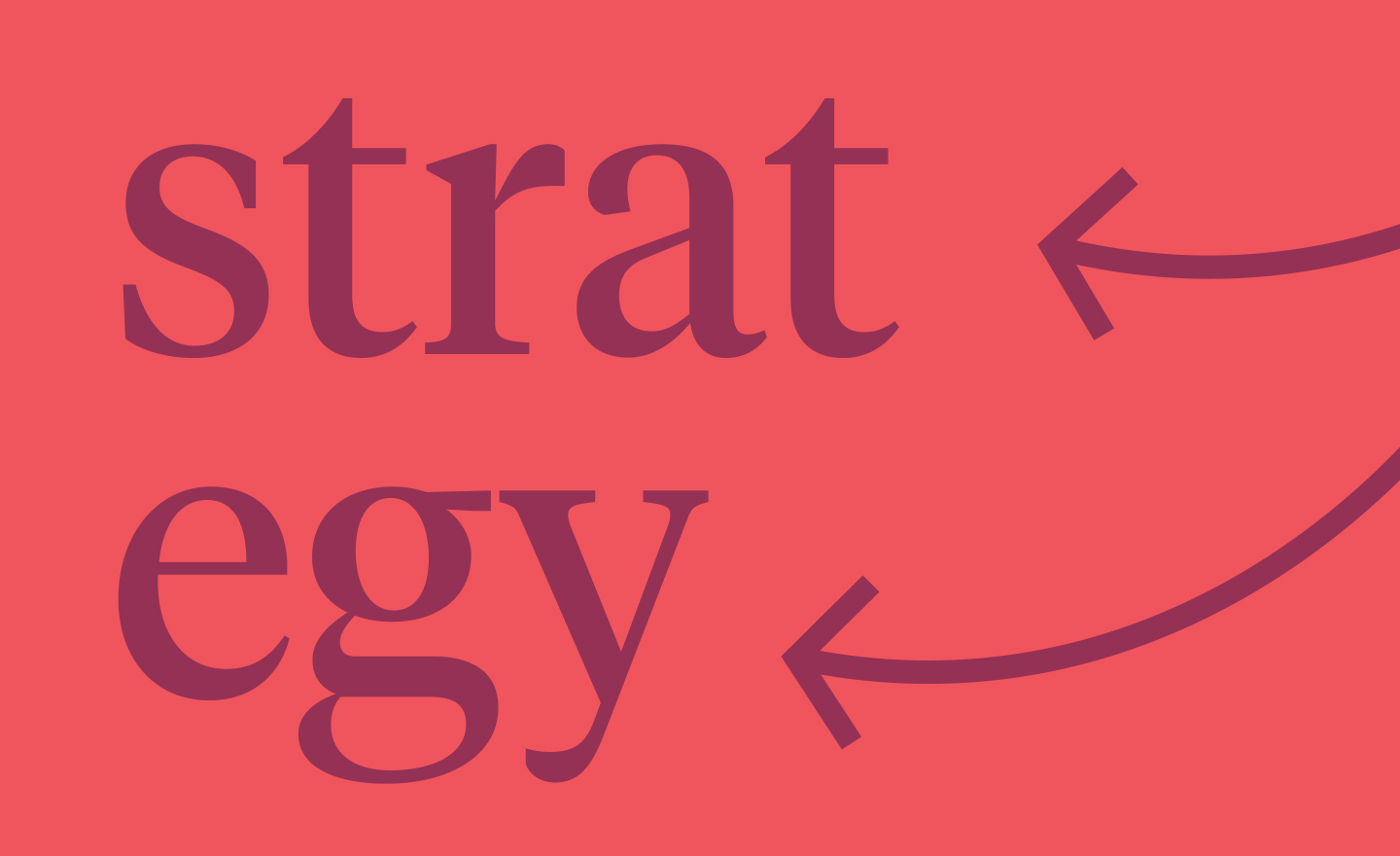Last week, I had the privilege of serving as a panelist commenting on product demos by eight Oakland-based technology startups organized by Two Point Oakland, an organization dedicated to creating a healthy tech ecosystem in Oakland and the San Francisco East Bay.
First a bit about the demos. Then, a helpful (hopefully) observation.
The demonstrated concepts weren’t short on merit. They did a good job of repping what Two Point Oakland is all about. Of San Francisco and Oakland, the latter has a reputation for being the scrappier, more grassroots and up-with-people of the two. I saw a bit of that spirit in the business propositions being put forth.
Based on the demos, I’d say that two of these businesses, both of them “efficient market creators”, are already well on their way to long-term success. Two more put forth interesting value propositions that just might go the distance: one if it can figure out a particularly thorny early adopter challenge, the other if it can get its go-to-market strategy together. Two more had serious kinks: one seemed powered by an unproven and potentially trivial value proposition, the other seemed confused about what it wanted to be. But I’ll remain optimistic. Hopefully the panelists’ feedback will help. Oh, and the eighth demo? It might just change the world in a direct and significant way. I’ll call this one out: LightSail Energy.
Here are links to the other six enterprises, in case you want to wrap your head around them:
- Cloudstead
- Sponsorbrite
- Trommelo
- Localwise
- Seed.io
- Optimyz
- Solar Power Report [look it up by name on Facebook]
If the demos came up short, it was in the setup. While the presenters had thoughtful things to say about the user experiences they were creating, I found myself wanting to know more about the real-world pain points they were out to alleviate. Yes, everybody dutifully cited an unmet business need. But as a rule I didn’t feel the need. Put another way, I wanted a bit of storytelling.
To state and validate an unmet need is to tell me only half the story—the rational half. What I want to know is the emotional half. Without it, I feel as if I’m flying blind.
The pain point: How intense is it? Dull? Excruciating? Does it manifest as mere frustration or outright fear of collapse? Does it lead to a search for solutions that don’t exist? Resignation in the face of existing solutions with shortcomings? Paralysis in the face of too many competing solutions to sift through? Am I even aware of the paint point? Is it hollowing out my success in secret because I don’t even know it exists?
Start with the question: Where does user experience begin? The answer: long before the “user” gets to your service or app.
The best way to do convey this? Start by putting me in the customer’s shoes. Paint a picture of the world I, the customer, live in. Walk me through the experiences and frustrations I must contend with long before I find my way to your landing page—the experiences that will ultimately drive me there, once I know you exist.
Guaranteed, if you take a minute to do this, then when you get to the demo itself I’ll be leaning forward for more.



